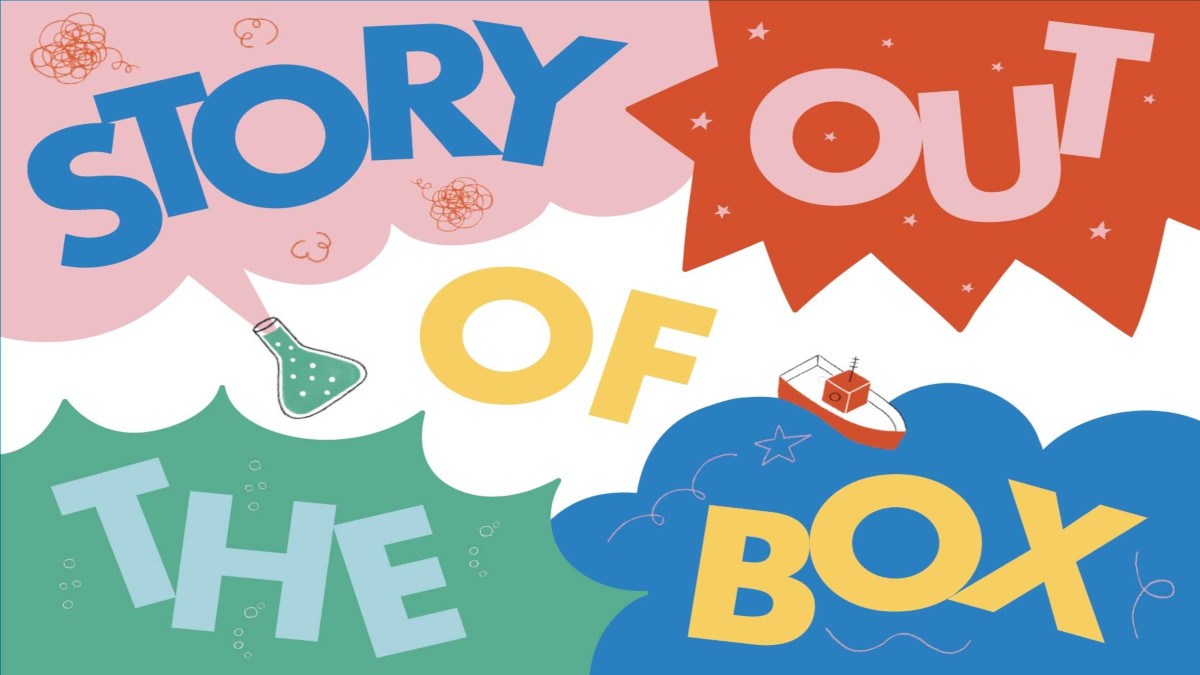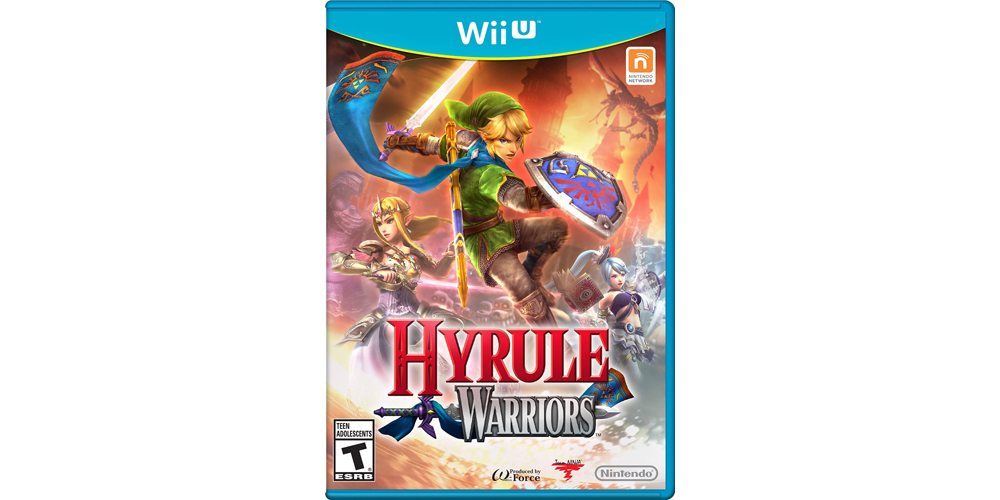
There’s an excellent season here–but you need to sit through six episodes of plodding setup for it to start.
There’s a moment in She-Ra’s fourth season where everything really starts to come together. When the plot gets underway, the story becomes compelling, poignant, and incredibly entertaining. Just one small catch: that moment doesn’t begin until after episode seven.
The first half of DreamWork’s She-Ra and the Princesses of Power’s forth season is, to put it kindly, a slog. While the third season clearly had purpose and direction, the first half of the fourth meanders, as though the writers didn’t know what to do now that they’ve established this world. While I’m not sure I’d go as far as saying we’ve regressed all the way to season-one-style disjointed, random adventures, the narrative thread connecting one episode to the next was incredibly weak.
We open after the events of the third season, with Glimmer getting ready to be crowned queen after her mother’s death in the season three finale, and Hordak bitter over what he believes to be Entrapta’s betrayal.
There are a few characters that shine, even in the first half of the season – Scorpia has an episode with Entrapta’s robot Emily, where she finally starts to realize what a good friend is. Lonnie, Rogelio, and Kyle finally get more screen time interacting and developing. Shadow Weaver and Huntara have a few solid moments (Shadow Weaver gardening is honestly delightful), and Netossa and Spinnerella actually have a few moments of screen time (and their status as the one canonically queer couple goes from vague to slightly less vague – to be clear, there’s plenty of room to say ‘they’re just close friends’, but they have lines with each other now, so that’s progress).

But these developments were eclipsed by the fact that very little actually happens in those first 6-7 episodes, and realistically they probably could have been cut down to three, more tightly written ones.
That said, if you make it through to the second half the season – there’s a payoff. After plodding along, the show regains the clear focus and drive it had in the third season, and episodes once again are tightly written, with the action from one clearly leading into the next.
Interpersonal conflict, such as the ongoing dispute between Glimmer and Adora about what Glimmer’s role in the rebellion should be now that she’s queen, is written well and is compelling in the second half of the season. Madame Razz’s episode, where she switches from moments with Mara to moments with Adora, was incredibly well done and the story managed to nail the emotion and tone required for it to work.
I do, however, want to spend a few paragraphs talking about Double Trouble – the new, non-binary shapeshifter added this season. DreamWorks Public Relations was incredibly eager to tell us about the new character, and herald it as a step forward in queer depictions in media. Indeed, She-Ra has been marketed as incredibly queer friendly, which is why this depiction is all the more concerning.

First, unless you’re listening very closely, there’s barely any textual reference to the fact that Double Trouble is non-binary – Catra uses ‘they’ pronouns twice, but, it’s not something you’d ever realize if you weren’t explicitly looking for it. Additionally, it can be easily explained away by their shape-shifter status, as they take on male and female personas, so I’m deeply skeptical anyone would get they were non-binary were it not for the public relations push. Double Trouble continues DreamWorks Animation’s tradition of talking more about queerness in press conferences and at conventions then showing it in their actual work.
Worse, Double Trouble acts incredibly affected. They’re catty, and act like a stereotypical queer queen – when Glimmer tries a truth spell on them, they talk about how her outfit isn’t working for her. In a show that, for all its talk of queer inclusion, still doesn’t have primary, unambiguous, queer characters, having the one non-binary character act like a gay stereotype felt regressive.
To be clear – Double Trouble is a great and interesting character, and they were one of my favorite parts of the season. They’re complex, interesting, and, like Shadow Weaver, not clearly good or evil in the way the other characters are within the series. But it’s challenging for me to not look at them through the lens of DreamWorks marketing and positioning. They’re stereotypical queer that flirts with all the characters around them, who is ruthlessly transactional, and wants to watch the world burn (which is a trope unto itself). Double Trouble feels less like representation, and more of ‘queerness as theater.’
That point aside, I’d ultimately recommend the season – taken as a whole, there’s more good than bad. Just grab some knitting or something to occupy yourself during that first half – it will make it far more tolerable.
DreamWorks She-Ra and the Princesses of Power’s forth season releases on November 5th.




